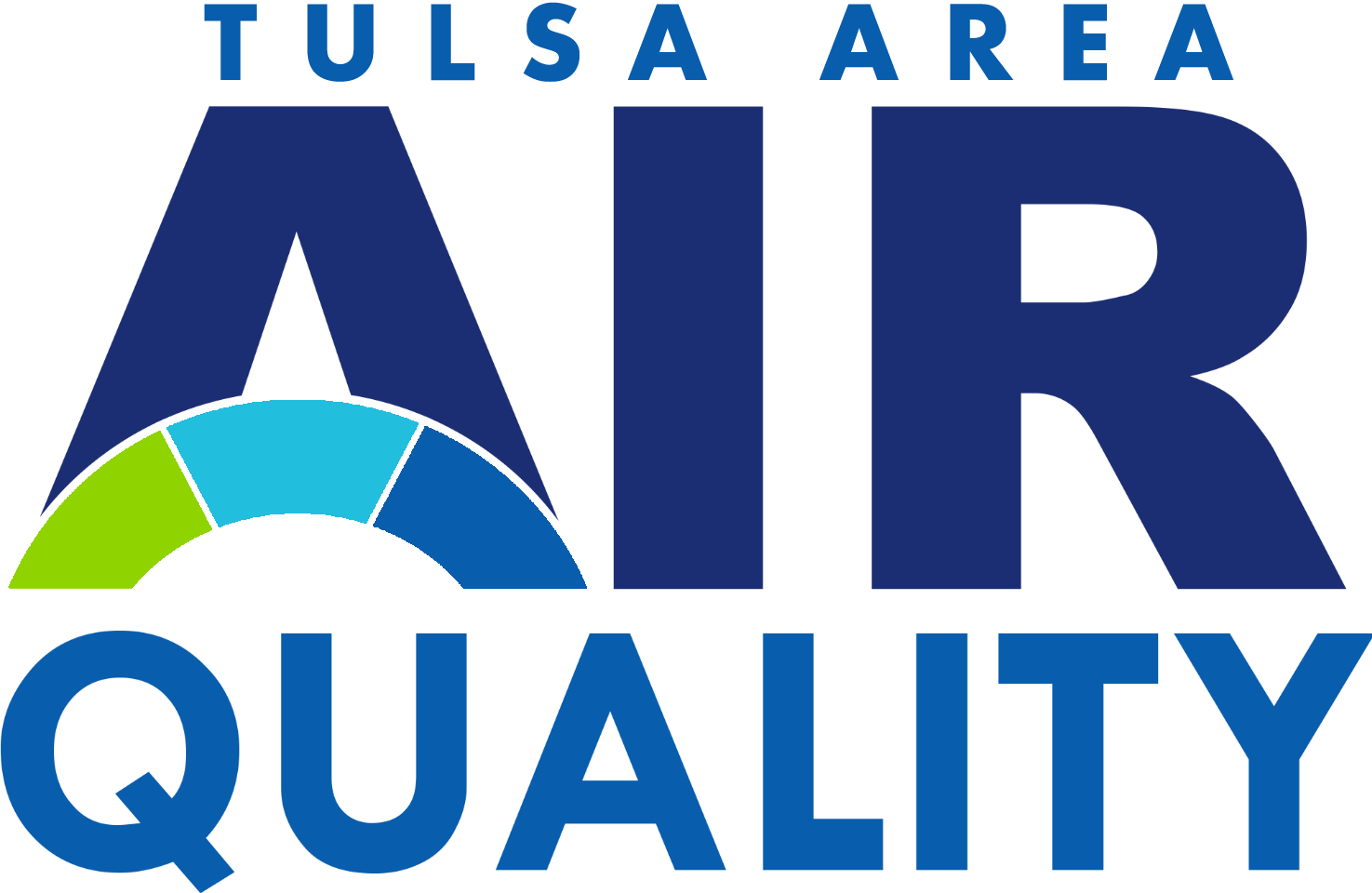What’s in the Air?
Air quality is the amount of pollution in the air we breathe – from all sources, natural and human. Air pollution is all around us, occurring both indoors and outdoors. The most common and unhealthy air pollutants are particulate matter, carbon monoxide, lead, sulfur dioxide, nitrogen oxide and ozone. Air purifiers can temporarily improve an indoor environment, but air pollution outside is far more complicated and difficult to control. Not only does it exist from sources all over the Tulsa Metropolitan area, it can blow in from other parts of Oklahoma, from neighboring states, and even from other countries.
What is the AQI?
The EPA NowCastWidget provides a new composite ‘real-time’ air quality. However, its different than a reported regulatory air number. So the NowCast AQI is also different than the Ozone AQI on which our Ozone Alert! Days are issued. More information on the EPA NowCast is found here.
The AQI is an index for reporting air quality. It is used in several ways:
- As a forecast
- As a Real-Time indicator of how clean or unhealthy your air is, and what associated health effects might be a concern.
- As a daily indicator of air quality in relation to the EPA standard. An AQI over 100 indicates an exceedance day.
The AQI, is a system of colors and numbers used to communicate the air quality in a region. The AQI color scheme starts with green for healthy air through maroon for the unhealthiest level. Likewise, AQI numbers go from healthiest (0-50) to unhealthiest (300+)

How does the AQI work?
Think of the AQI as a yardstick that runs from 0 to 500. The higher the AQI value, the greater the level of air pollution and the greater the health concern. For example, an AQI value of 50 represents good air quality with little or no potential to affect public health, while an AQI value over 300 represents air quality so hazardous that everyone may experience serious effects.
An AQI value of 100 generally corresponds to the national air quality standard for the pollutant, which is the level EPA has set to protect public health. AQI values at or below 100 are generally thought of as satisfactory. When AQI values are above 100, air quality is considered to be unhealthy—at first for certain sensitive groups of people, then for everyone as AQI values increase.
The Oklahoma DEQ monitors, tracks and reports a daily AQI value for each of the 6 pollutants. Tulsa’s current and past daily AQI values can be viewed here
What are typical AQI values?
In the Tulsa area, daily AQI values are almost always below 100. The exception is generally just a few times a year, during summer ozone season. Larger cities typically have more air pollution than smaller cities, so their AQI values may exceed 100 more often. AQI values higher than 200 are very infrequent in the U.S. and typically only during events such as forest fires. You can compare the air quality of U.S. cities and find out about quality trends in your area by visiting “AirCompare”.
